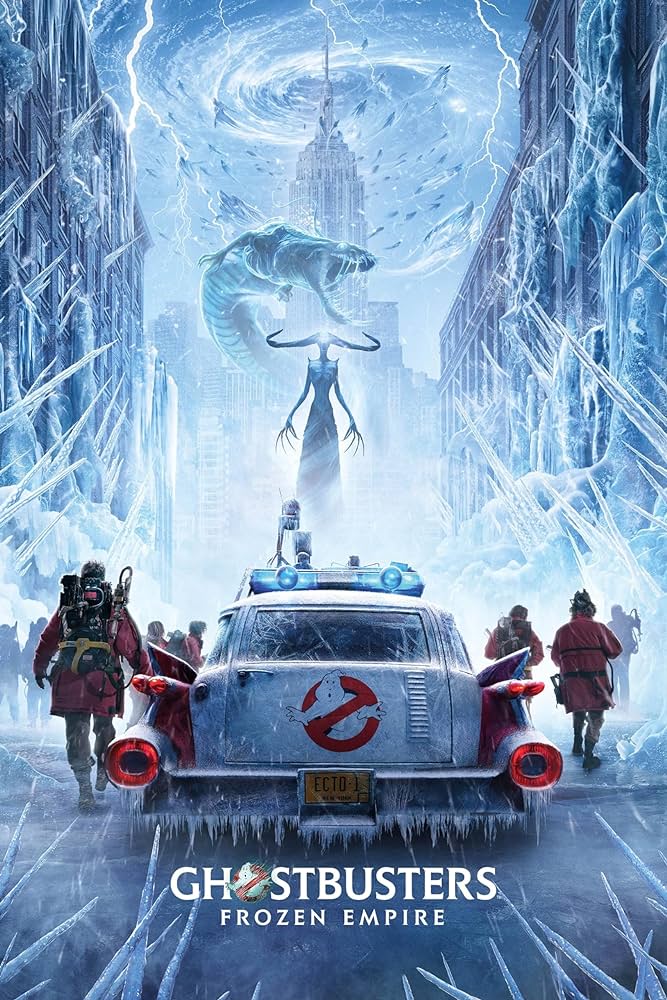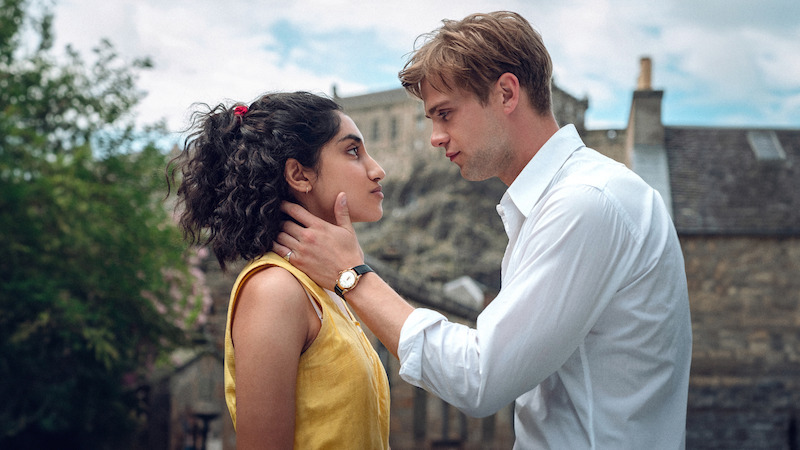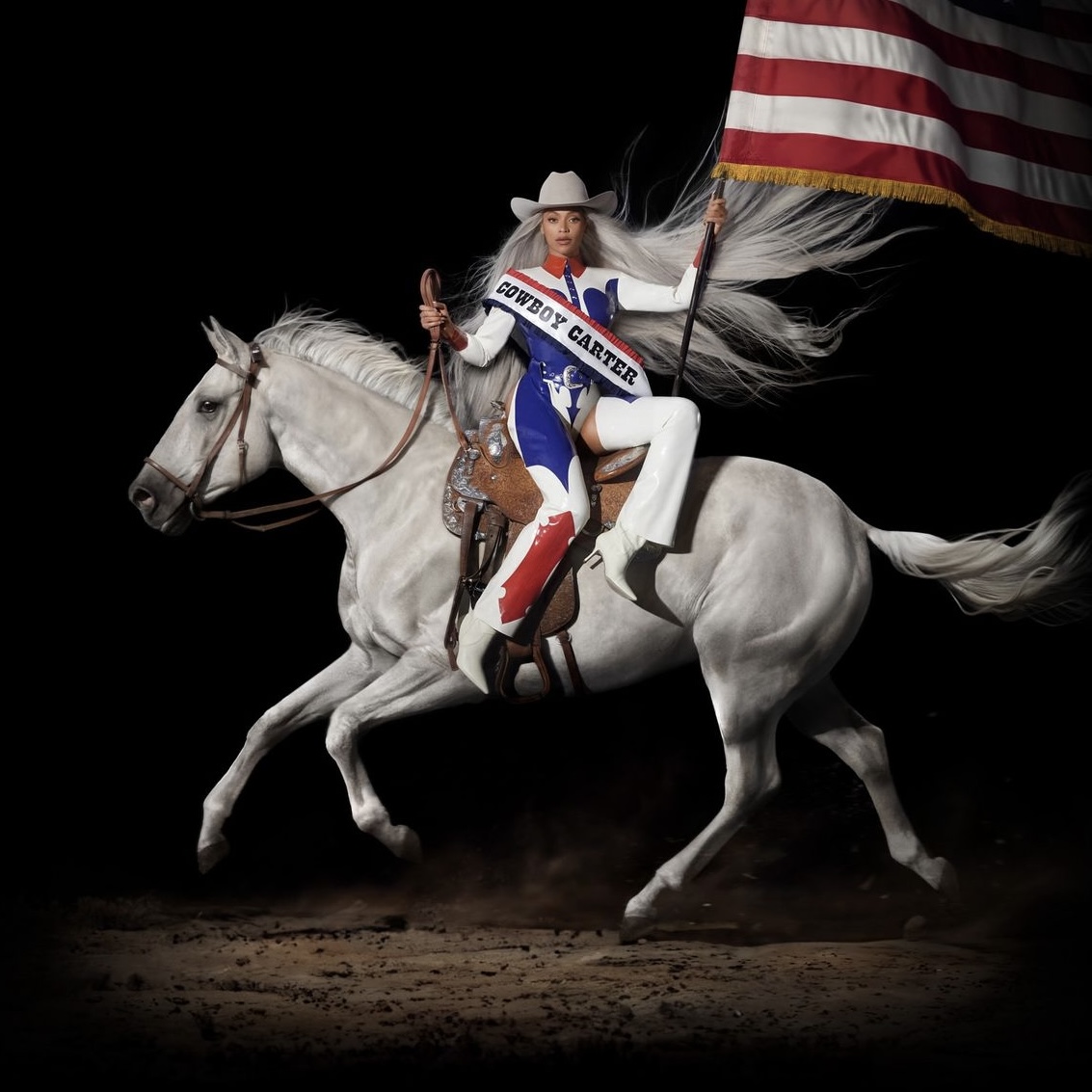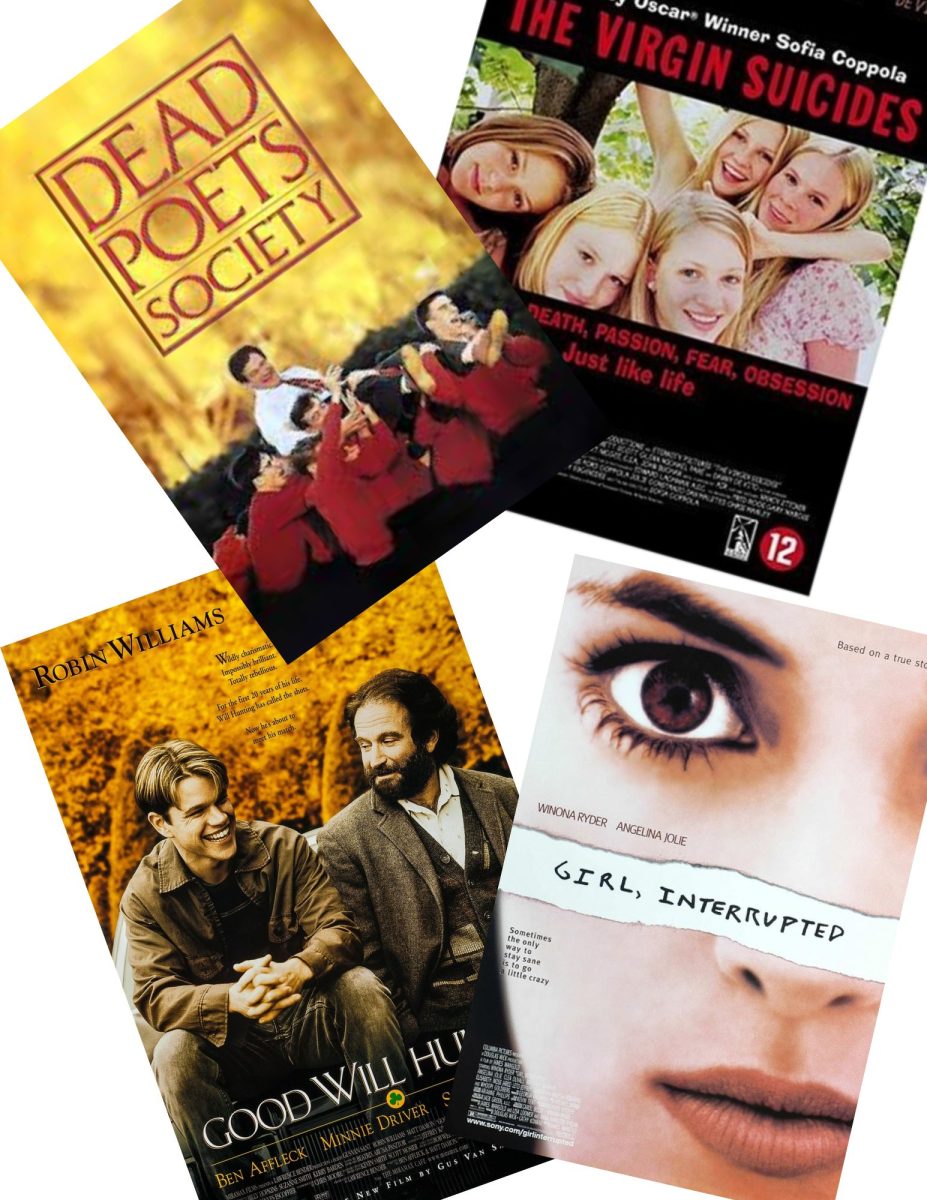Nominated at the 96th Oscars for Best International Feature Film (Spain), Society of the Snow is based on the true story of the fatal 1972 Uruguayan flight that crashed into a remote glacier in the Andes mountains. Directed by Spanish filmmaker J.A. Bayona, the film is an immersive and gritty retelling of the tragedy, following the tribulations the 28 initial survivors endured as they were stranded for 72 days in unbearable conditions.
Please be aware that this film is Rated R. It contains the following mature themes: smoking/alcohol, profanity, emotional intensity, brief graphic nudity, and unsettling images. It is recommended for seniors 18+, or students whose parents allow them to watch R-rated movies. This article will contain spoilers and commentary on the film so read at your own risk!
On Friday, October 13th, 1972, 40 passengers and five crew members boarded Uruguayan Air Force Flight 571 from Montevideo, Uruguay to Santiago, Chile. The flight carried players from the Old Christians Club rugby team as they made their voyage to play a match against the English rugby team, the Old Boys Club. Other passengers on the vessel included family members, friends, and supporters of the team.
The beginning 15 minutes of the film help us get to know the passengers on the plane. It shows us them as people and helps us understand who they are. Maybe it’s to bring respect to the names of every victim for the first time or to gain an emotional connection to their stories. Regardless, it was a great decision because it personally hooked me, and I was connecting names I’d read to their onscreen faces. The movie is narrated by Numa Turcatti (Enzo Vogrinzic), a 24-year-old law student and one of the passengers. Turcatti was convinced to come on the trip by his friend, Old Christian Club rugby player Gaston Costemalle (Louta), because the tickets were cheap and this was an opportunity to have fun and travel together before college ended.
This movie may be one of the most accurate visual retellings of this horrific story, not including the books by the survivors, such as Society of the Snow by Pablo Vierci, (which inspired the making of the film). Other movies like Alive (1993), which include big actors like Ethan Hawke, feel like stunt casts. Or, most focus on the spectacle of the whole situation, and less on the actual physical and emotional turmoil these young men endured.
In the crash, the tail and wings of the plane clipped against a mountain in the Andes when the co-pilot believed it was time to descend and land in Chile. Unbeknownst to both pilots in the cockpit, who didn’t check navigation, they were still 37-43 miles away from Curico, where they should’ve started their descent. It was too late to gain altitude when the pilots gained more visibility of the mountain range. All rows behind the 9th were sheared off, and thrown over the mountain; Costamalle was one of the 12 fatalities, leaving Turcatti, who didn’t know anyone else.
One thing I appreciated about the film was how raw it was. I was immersed in the story and the fact that it’s all true and accurate tugged at my heart. I think visually, the movie was beautiful. I’ve read multiple interviews about the film process and how cinematographer, Pedro Luque, worked with the director and visual effects team to make the surroundings and reenactments as precise as possible. From filming on location to the extensive backgrounds of the Andes, lots of work was put into the set so the actors could feel exactly what the survivors felt while stranded in the snow.
The front fuselage of the plane continued to shoot forward and descended a fortunate slope like a sled. Though at more than 250 mph, when the piece abruptly stopped, the impact was so extreme that all the seat rows compressed forward and crushed the passengers. Some were impaled, others with limbs broken, though more than half of the remaining 28 didn’t have a scratch on them. They had landed in a valley, out of view from any of the rescue teams that would spend the next 10 days searching for them, to no avail.
With the group of survivors being made up of college-age men, they all used their different skills to help each other. Medical students helped assist the wounded, and science students worked to fix the plane’s radio with the debris of the crash. The radio, which eventually works, plays the news and the deserted learn that the several-day search for them was unsuccessful as the weather was too harsh to see. Rescue teams would search again at the beginning of the next year when the thaw started. We see the survivors work to create a daily routine because they know they’ll be there for some time. From melting ice into drinking water with metal slabs and sunlight to using the fuselage as shelter, the only problem was the lack of food.
I believe the team-like mentality of a lot of the rugby players helped them in the long run. Around two weeks of them being stranded, a terrible winter storm began. On the fifth day of the storm, an avalanche hit the survivors in the middle of the night, smothering eight people. The surviving men were able to dig themselves out of the packed snow and ice. However, they were hit by a second avalanche, completely burying the fuselage for four days. These days, the men had to work together. Strangers and friends alike, we see relationships being built. They were friendships born of common trauma, but the remaining 17 men worked together.
Other adaptations of the survivor’s stories focus on the unfortunate things they had to do to stay alive. With a lack of food, many of the men were becoming weak, eating anything they could find like foam from the plane seats or their leather belts. At one point, the only option in their isolation was the bodies of their perished families and comrades. Being heavily Roman Catholic, the decision was not an easy one, and some convinced themselves this was some form of communion to make it easier. The men made a pact to donate their bodies when they died to feed their peers. The verse, “There is no greater love than to lay down one’s life for one’s friends,” from John 15:13 is found on a note with the body of one of the men towards the end of the film.
The pact was made so that someone could survive long enough to be rescued and tell the victims’ families they loved them. To stomach what they had to do, four of the men decided to be the ones to handle the food situation privately. They would bring meat and not tell anyone who it was to keep everyone sane. Some, like Turcatti, refused to participate in eating the meals they were given. This would lead to their health’s rapid decline
Society of the Snow was originally filmed in Spanish, there is a Latino cast (unlike Alive), it was predominately filmed in Spain yet included real locations in the Andes, Uruguay, and Chile, and the cast is composed of new faces and fresh stars. I think it is only right that the cultural aspect of the films stays accurate with a mostly Argentinean and Uruguayan cast, compared to the whitewashed retellings of real Uruguayan people’s stories.
The most powerful moment in the film to me was the 10-day trek two survivors made out of the mountain range. Finding a waterproof fabric from the plane tail, the group made a sleeping bag. Nando Parrado and Roberto Canessa volunteered to get help. Not believing either would make it, they packed enough food for a week and stocked up on everything they could. The men hiked for more than 37 miles until they finally reached a river where a Chilean herdsman, Sergio Catalán Martínez, helped them call for help. The news went wild with the sudden appearance of the men, seeing as they had been stranded for 72 days. The Chilean Air Force helped Parrado make his way back to rescue his friends in a helicopter, and worked to reunite the now 16 survivors with their families.
I genuinely enjoyed watching Society of the Snow. I’m always willing and open to learning about different historical events. When I saw that this film was Oscar-nominated twice (Best International Feature Film and Best Makeup and Hairstyling), I didn’t think much when deciding to review it. The movie was emotional and moving. It helped me feel grateful that nobody I know has gone through something so terrible. It also helped me understand how important and powerful your community and perseverance can be. As of 2024, 14 of the survivors are still alive. They try to stay a tight-knit group, and they meet every year on December 22nd, to commemorate the day of the rescue mission and pay homage to their departed friends and family. Society of the Snow is a Netflix original and can only be streamed with a subscription to the platform.













